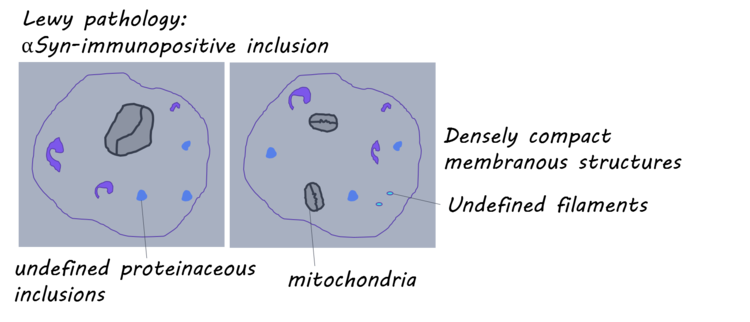Parkinson’s disease is a chronic progressive neurological disorder and the most common age-related movement disorder characterised by a wide spectrum of motor and non-motor features. Classic motor symptoms include shaking, rigidity, and difficulty with walking. Moreover, sleep disturbances, anxiety, depression, cognitive decline, and dementia are also common among Parkinson’s disease patients. The motor symptoms arise through the death of dopamine neurons in an area of the brain called the substantia nigra. The key neuropathological feature of PD are Lewy bodies and Lewy neurites, which contain a protein called alpha-synuclein. Lewy bodies accumulate in various regions of the brain in Parkinson’s disease, including the substantia nigra. However, the process by which the Lewy bodies accumulate, and the details of their structure is unknown. This week in Nature Neuroscience, Shahmoradian and colleagues present a 3D view of the internal structure of Lewy body pathologies through the use of various advanced light and electron microscopy techniques.
Published by BrainPost.

